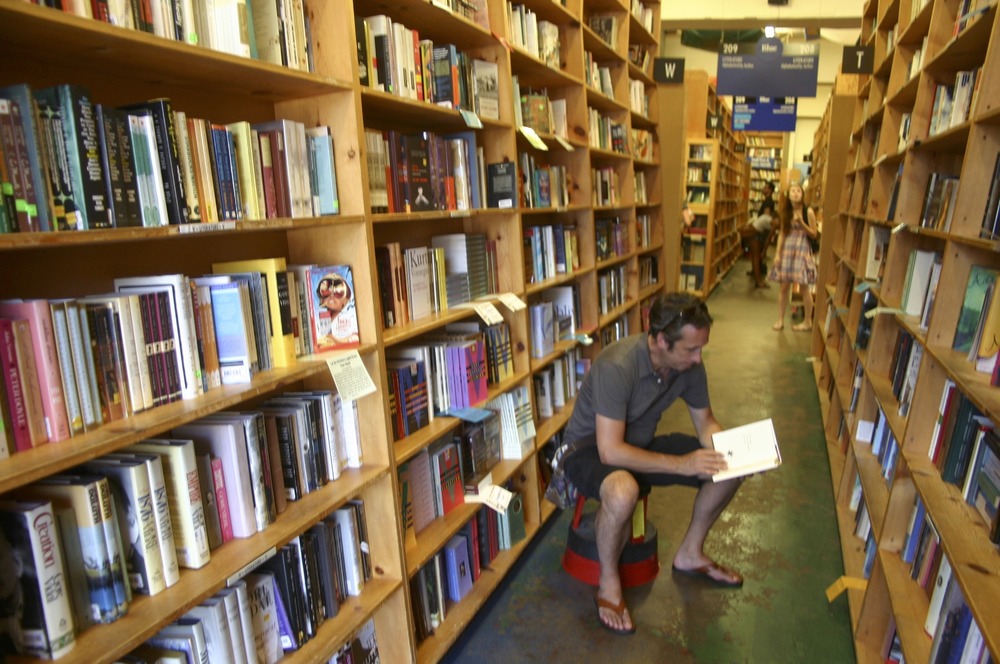Murders in Taiwan linked to Sino-Japan Territorial Dispute
 Tuesday, April 9, 2013 at 2:50PM
Tuesday, April 9, 2013 at 2:50PM

According to an article in the April 1st edition of the Sankei Shimbun [1]that I hope wasn’t meant as an April Fool’s prank, the body of an elderly man was found on the bank of the Dànshǔi River outside of Taipei. The man was identified as 78-year-old Chén Jìnfú (陳進福). The cause of death was stabbing. The man’s wife was also found murdered nearby.
A few weeks later in early March, four people were arrested and charged with the crime, which at first appeared to be motivated by Chén’s great wealth. It has recently come to light, however, that the murders may be related to the Japan’s territorial dispute with China. (AC—The plot thickens!)
An unnamed official in Japan’s intelligence agency confided, “There’s talk that Chén Jìnfú, who owned property in Okinawa, was in trouble with Mainland China.” (AC—Bit flimsy evidence-wise, but wait! There’s more.)
According to sources close to the victim, Chén Jìnfú first came to Japan as an exchange student. (AC—No information on when he did this.) He taught part-time at a Japanese university, then returned to Taiwan where he started his own business. (AC—Again, no details were given in the article regarding the type of business or where the business was established. Japanese newspaper articles can be awfully ambiguous.) Later Chén bought the islands of Sotobanari (外離島) and Uchibanari (内離島) just off the coast of Iriomote island in the Yaeyama archipelago, southwest of Okinawa.
(AC—One of these islands is famous for being inhabited by a “homeless” naked Japanese man. Seriously. Google Sotobanari-jima (外離島) to see pictures of the man who has become something of a celebrity. I believe his name is Ikeda.)
A businessman from Hong Kong reportedly approached Chén Jìnfú with the intention of buying the islands in order to develop them for tourism. According to an article on Taiwan’s HJK (東森) television published on the station’s website on March 11th, the businessman is quoted as saying, “I was instructed by someone from mainland China’s military to try to buy the islands.”
When Chén refused to sell the islands, he was murdered.
Last October seven ships from the Chinese navy sailed between the islands of Yonaguni and Iriomote, which lie just south of the disputed Senkaku island group.
According to the Hong Kong businessman, this is not the only instance where China has tried to purchase land in Okinawa.
(AC—The implication, of course, is that China is trying to buy land with malicious intent. There has been much hand-wringing of late when it came to light that a Chinese firm had bought land in Hokkaidô to extract fresh water for export back to China.)
(AC—Meanwhile . . .) In November of 2011, an investment seminar was held in Shanghai by the prefecture, which discussed developing resorts and building rental accommodation for U.S. soldiers stationed in Okinawa.
Japan’s southernmost prefecture is counting on money from China to help revitalize the local economy. Behind the scenes, local business leaders are trying to set up a Japan-China Friendship Fund of about fifty billion yen consisting mainly of Chinese capital. The plan envisions building a casino resort in Naha City, with a Chinatown and Chinese broadcasting studio.
(AC—Okinawa is consistently ranked as Japan’s poorest prefecture, with the nation’s highest unemployment rate. I suppose you can’t blame local authorities for trying to find some way to boost investment in the prefecture. Problem is that many businessmen are more concerned with their own bottom lines than they are with the welfare of the people affected by their decisions.)
[1] The Sankei Shimbun (産経新聞) is Japan’s sixth largest newspaper by circulation.



